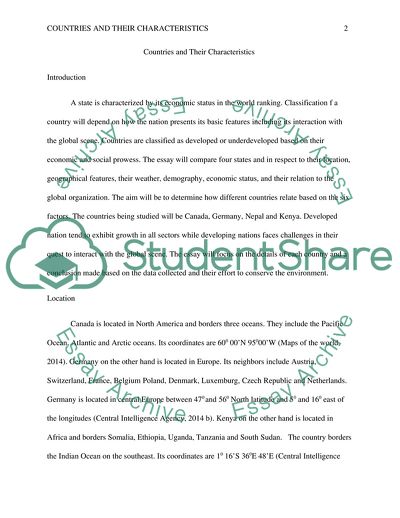Cite this document
(Countries and Their Characteristics Coursework Example | Topics and Well Written Essays - 2500 words, n.d.)
Countries and Their Characteristics Coursework Example | Topics and Well Written Essays - 2500 words. https://studentshare.org/geography/1850244-assignment-8
Countries and Their Characteristics Coursework Example | Topics and Well Written Essays - 2500 words. https://studentshare.org/geography/1850244-assignment-8
(Countries and Their Characteristics Coursework Example | Topics and Well Written Essays - 2500 Words)
Countries and Their Characteristics Coursework Example | Topics and Well Written Essays - 2500 Words. https://studentshare.org/geography/1850244-assignment-8.
Countries and Their Characteristics Coursework Example | Topics and Well Written Essays - 2500 Words. https://studentshare.org/geography/1850244-assignment-8.
“Countries and Their Characteristics Coursework Example | Topics and Well Written Essays - 2500 Words”. https://studentshare.org/geography/1850244-assignment-8.


